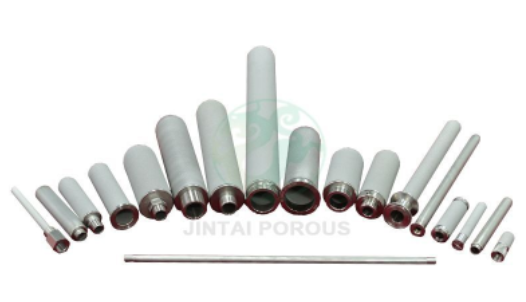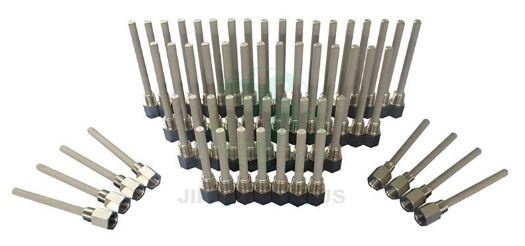How to Prevent 3 Common Metal Filter Problems
Metal filter problems like corrosion, pore occlusion, and surface reactivity can lead to high maintenance costs, process failures, or product contamination. Let's discuss how to prevent common filter problems and, consequently, how to save time and money.
Common performance problems associated with metallic filters
Frequent filter replacement, contaminated products, analytical test failures, and sub par flow performance are all symptoms of 3 basic filter problems.

1. Corrosion
Corrosive fluids may attack the filter, causing damage and eventual failure of the filter element. Corrosion will not only compromise the function of the filter, but will also contaminate the stream passing through the filter. For some applications, metal ion contamination from a metallic filter is a major concern, whether or not there is measurable corrosion.
2. Surface interaction and contamination
If the media passing through the filter can react with the filter substrate, there can be chemical adsorption and/or catalytic activity that would be detrimental to the process stream. Chemical adsorption by the filter element can result in product quality problems and analytical test failures.
3. Filter occlusion
Finally, and most obviously, all filtration media can eventually suffer from pore occlusion and flow restriction as media builds up within the filter. This would progressively reduce the filtration efficiency and eventually require filter replacement.
Identifying the filtration problem is the easy part. Finding a solution to poor filter performance can be a more difficult costly and time consuming problem. Operators usually deal with filtration issues by taking the following steps:
Frequent filter element replacement (this can be expensive and can lead to significant downtime).
Installing a back flush, reheat, or some other type of particulate mitigation system in an attempt to remove particulates (this can require the significant capital expense and may not offer a significant benefit)
Installing an element made of a more corrosion resistant material (this can be a more expensive solution as well because users are forced to use costly corrosion resistant super alloys)
Installing a filter element made of an inert, non-reactive material to prevent product adsorption or analyte adsorption (this can also be an expensive solution and may not offer the durability needed in a filter element).

Filter occlusion and anti-fouling
What is the importance in reducing filtration differential pressure?
Differential pressure is the difference between the input pressure before a filter vs. the pressure exiting the filter. Depending on the pore size and flow characteristics of the filter, there is a certain efficiency of flow through the media at a given pressure, i.e. the amount of pressure required to maintain the desired flow through it. As a filter removes filtrate from a flow media, the pores will fill up and become occluded, which will progressively decrease the flow through the bulk filter. In order to maintain a target flow rate, it becomes necessary to increase the pressure at the head of the filter, thereby increasing the differential pressure. Once the differential pressure becomes too high, the filter must be removed from service and replaced. As long as the differential pressure is reduced, the filter can remain in service.
Anti-fouling capabilities
It's the job of filters to catch unwanted materials and allow the desired filtrate to pass through without changing the nature of the fluid. At times this can be a challenging task, especially as the filter load increases. Changing the surface energy of the filter surface can go a long way to improving filter performance. A high energy surface will wet easily and allow particulates to be captured in the filter but can also allow the filtrate to adhere to the filter surface. This will contribute to an increase in back pressure and flow problems.
We are a sintered porous metal filter element supplier. Please feel free to contact us if you need them!
- Categoría:
- Arte y cultura
- 6 feb, 2023
- 1278 visitas
- Sin comentarios





